TEACH CHINA
Resources for students and educators


TEACH CHINA
Resources for students and educators
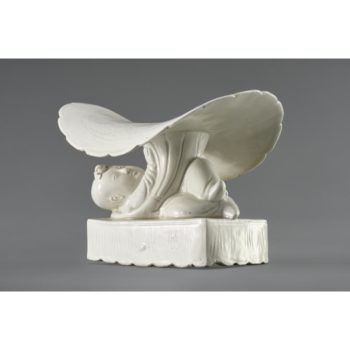
The Tang and Song dynasties were rich with technological advancements such as development in printing and porcelain making. In this era China also witnessed the flourishing of Buddhism, Taoism, and Confucianism and the effects of opening trade routes. This packet examines the trade, commerce, religion, philosophy, literature, and art of these dynasties.
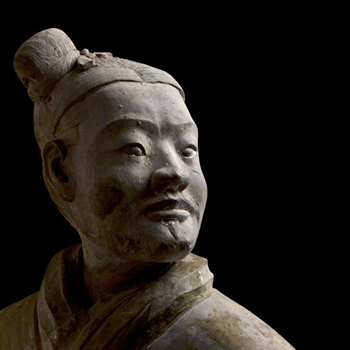
Students will diagram the influences and legacy of the First Emperor and create a 21st century genome of a local legacy based on similar concepts of influences and inspiration.
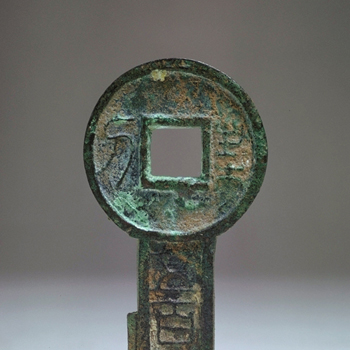
Alison Waterman, 6th grade teacher, Orinda Intermediate School, teaches a model lesson during the teacher workshop, Comparing the Han and Roman Empires, held in partnership with the UC Berkeley History-Social Science Project.
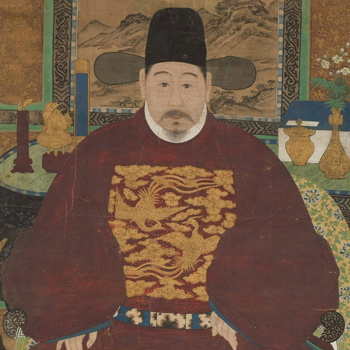
Ming dynasty’s government was, in the broadest terms, divided into two parts: the imperial court and the civil bureaucracy. The court was concerned with military matters, foreign affairs, and the all-important tasks of maintaining state rituals and ceremonies.
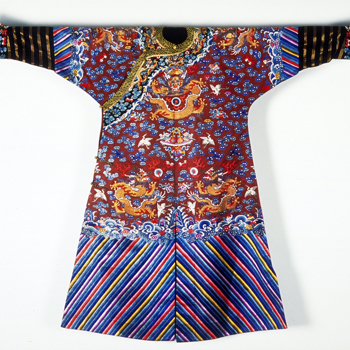
In 1420, the emperor of the Ming Dynasty moved China’s capital to a site in the North, now known as Bejing. There, he built a vast complex of palaces and administrative buildings known as the Forbidden City.
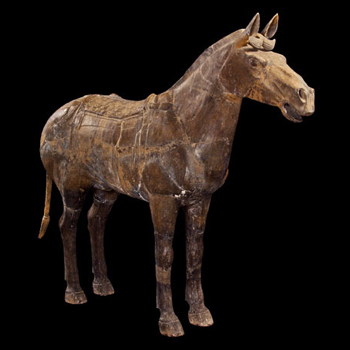
An animated map and timeline overview of the rise of the First Emperor and the expansion of the state of Qin in ancient China.
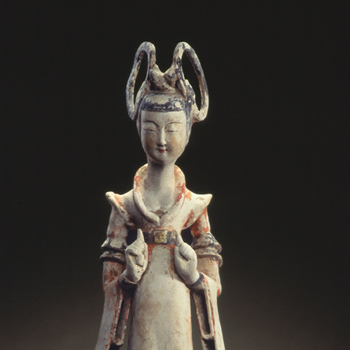
Students will be able to understand what life was like in the Tang and Song dynasties and compare with student life today in the United States.
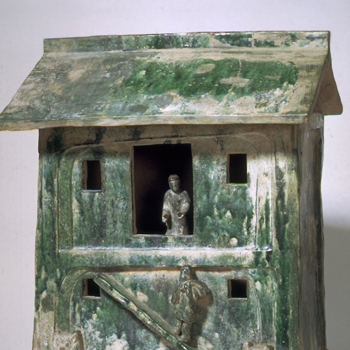
The Han Dynasty is one of the great dynasties in Chinese history, encompassing nearly four hundred years of expansion and consolidation which coincided with the period of the Roman republic and empire in the West.
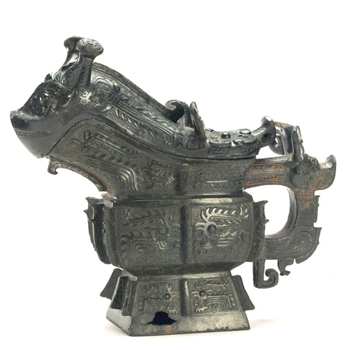
The Zhou Dynasty was established after the defeat of the Shang dynasty, moving its court wast to Luoyang. The Zhou learned bronze making and used Oracle bones with inscriptions.
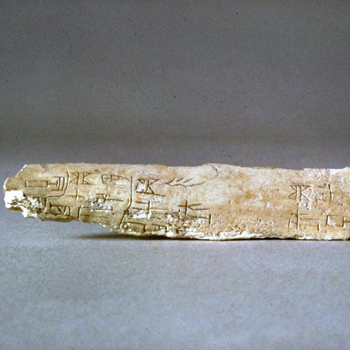
The Shang dynasty extends from roughly 1500 to 1050 BCE. According to various histories and traditions, the Shang people originated along the middle and lower reaches of the Yellow river. They defeated the Xia under the king Chengtang and established a number of city states.
Find out more about TeachChina.
Major support for the Asian Art Museum’s school programs and resources is provided by the Dhanam Foundation, United Airlines, The Japan Foundation Center for Global Partnership, and Daphne and Stuart Wells. Additional support is provided by Ms. Jane B. Dalisay and Mr. John W. Kirkman and an anonymous donor. Teacher professional development programs are supported by Wells Fargo.
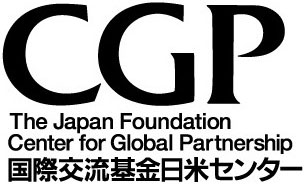


General support for education is provided by the Dhanam Foundation, the Koret Foundation, the John & Marcia Goldman Foundation, The Charles D. and Frances K. Field Fund, Dodge & Cox, and The Joseph & Mercedes McMicking Foundation. Support is also provided by an endowment established by The Hearst Foundations.
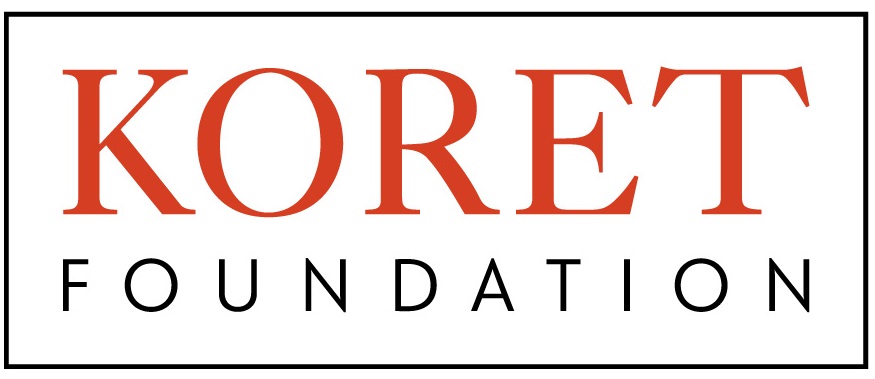
Teach China was created in collaboration with the following arts organizations: